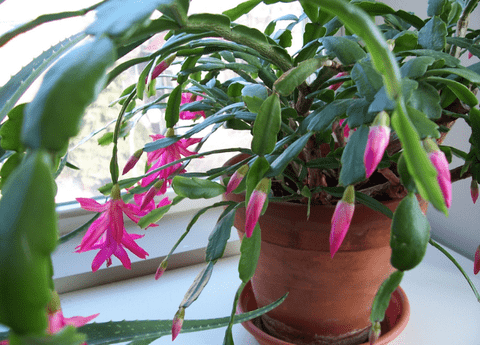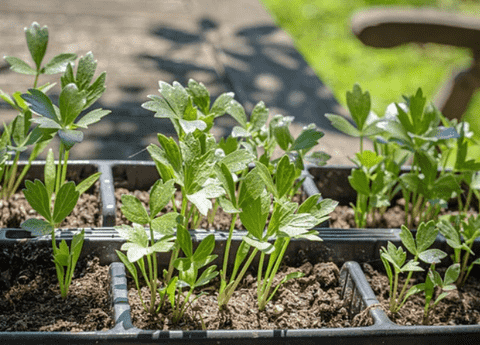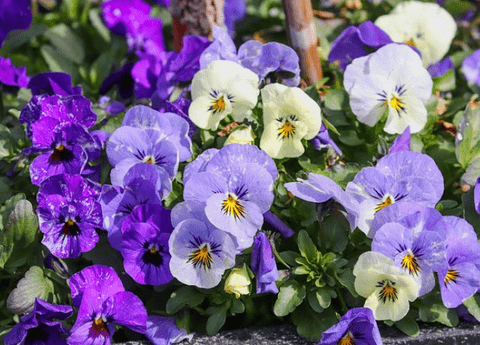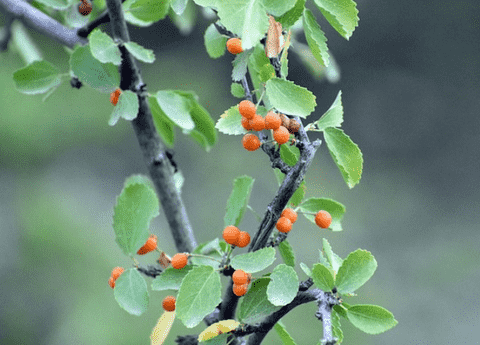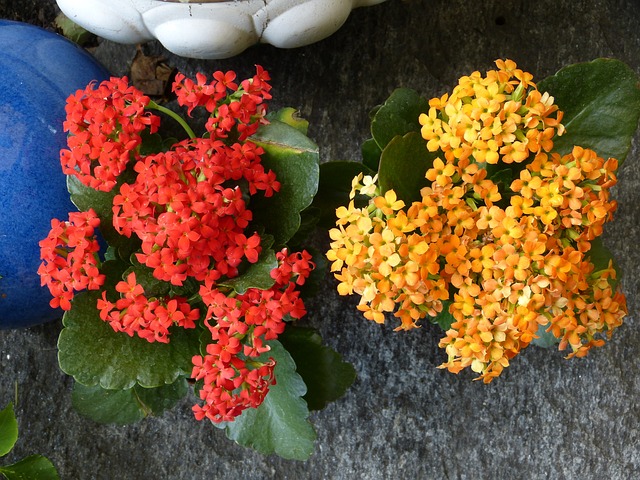Year-Round Care Guide for Your Christmas Cactus: Tips and Tricks for Vibrant Blooms
Table of Contents
How to Care for a Christmas Cactus
Nurturing a Christmas Cactus year-round can be a rewarding endeavor for both novice and experienced gardeners. This resilient plant, known for its vibrant blooms during the holiday season, requires specific care to thrive throughout the year. From understanding its unique watering needs to providing the right lighting conditions, mastering the art of Christmas Cactus care ensures a stunning display of flowers year after year. In this guide, we will delve into essential tips and tricks to help you maintain a healthy and flourishing Christmas Cactus, making it a cherished addition to your indoor garden.
Understanding Your Christmas Cactus
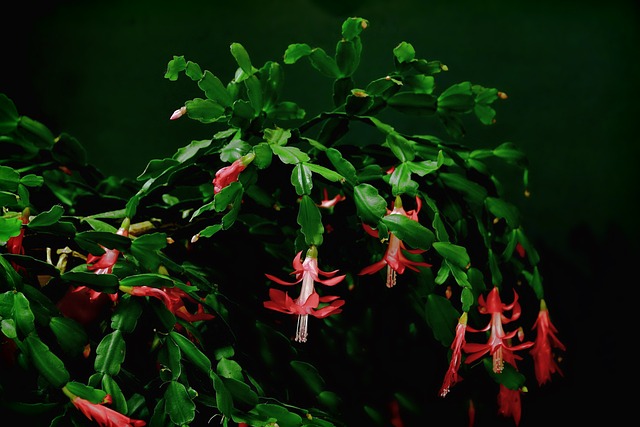
Recognizing Its Growth Cycle
To nurture your Christmas Cactus effectively, it is crucial to recognize its distinct growth cycle. The Christmas Cactus typically goes through periods of active growth, dormancy, and blooming. During the spring and summer months, the plant focuses on vegetative growth. This is the time to ensure it receives enough water and nutrients.
As fall approaches, the cactus enters a dormancy phase, which lasts for about six weeks. During this period, reduce watering and keep it in a cooler environment to encourage bud formation. Finally, as winter arrives, the Christmas Cactus rewards your efforts with its vibrant blooms. Understanding these phases allows you to adjust your care routine accordingly, ensuring a healthy plant that thrives year-round.
Recognizing and respecting these natural cycles will help you maintain a flourishing Christmas Cactus that continues to brighten your home each holiday season.
Identifying Ideal Conditions
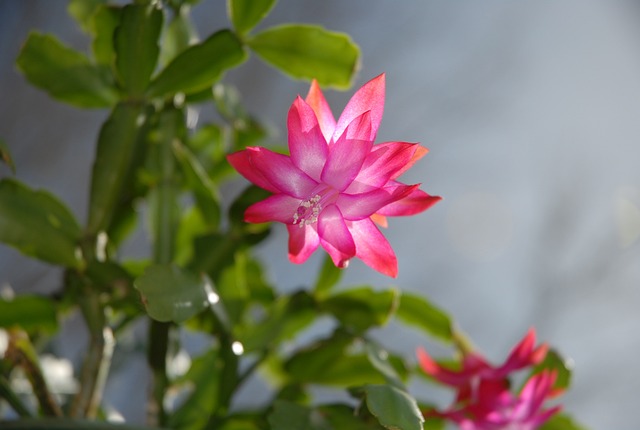
Creating the ideal environment for your Christmas Cactus is essential for its health and bloom cycle. These tropical plants thrive in conditions that mimic their native habitat. Ideally, place your Christmas Cactus in a location with bright but indirect sunlight. Direct sunlight may burn the leaves, while insufficient light can prevent blooming.
Temperature is another critical factor. Aim to keep the plant in a room where temperatures range between 60-70°F (15-21°C). During the dormancy period in fall, a slight drop in temperature (around 50-55°F or 10-13°C) can trigger bud formation.
Humidity levels also play a role. Christmas Cacti prefer a humid environment, so consider placing a tray of water nearby or using a humidifier, especially during dry winter months. By identifying and maintaining these ideal conditions, you can ensure your Christmas Cactus stays healthy and blooms beautifully year after year.
Common Varieties and Characteristics
There are several varieties of Christmas Cactus, each with unique characteristics that set them apart. The most common types include Schlumbergera truncata and Schlumbergera x buckleyi. Schlumbergera truncata, often referred to as Thanksgiving Cactus, blooms earlier in the season, usually around November. Its stems have pointed edges and its flowers come in an array of colors including red, pink, and white.
Schlumbergera x buckleyi, the true Christmas Cactus, has smoother, scalloped edges on its stems and typically blooms in December. Its flowers are usually pink, red, or white and have a more tubular shape compared to the Thanksgiving Cactus.
Understanding these differences can help you identify which variety you have and adjust your care routine accordingly. Both varieties share similar care requirements but knowing their specific traits can enhance your ability to nurture them effectively, ensuring a vibrant display of blooms each holiday season.
Year-Round Care Tips
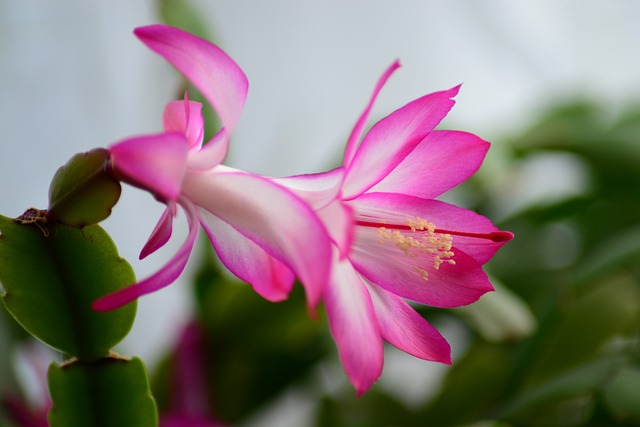
Watering and Humidity Needs
Proper watering and humidity are essential for maintaining a healthy Christmas Cactus. Unlike desert cacti, Christmas Cacti require more frequent watering, but it’s crucial to avoid overwatering, as this can lead to root rot. Water the plant thoroughly when the soil surface feels dry, and ensure that excess water drains away to prevent soggy soil conditions.
Misting the plant occasionally can help keep moisture levels just right. Humidity is equally important. Christmas Cacti thrive in humid environments, similar to their native tropical habitats. In dry indoor conditions, especially during winter, consider using a humidifier or placing a tray of water near the plant to increase humidity. By closely monitoring the watering schedule and maintaining a humid environment, you can ensure your Christmas Cactus remains lush, healthy, and ready to produce its vibrant holiday blooms each year.
Optimal Light and Temperature
Providing the right light and temperature conditions is crucial for the well-being of your Christmas Cactus. These plants prefer bright but indirect sunlight. Direct sunlight can cause the leaves to scorch, while insufficient light can inhibit blooming. An east-facing window is often ideal, as it provides morning sunlight without the intensity of afternoon rays.
Temperature control is another key aspect. The Christmas Cactus thrives in temperatures between 60-70°F (15-21°C) during the day and slightly cooler at night. During the fall dormancy period, lowering the temperature to about 50-55°F (10-13°C) can encourage bud formation, setting the stage for vibrant winter blooms.
Maintaining these optimal light and temperature conditions will not only ensure the plant’s health but also enhance its ability to produce beautiful flowers. Proper environmental control is a cornerstone of successful year-round Christmas Cactus care.
Fertilizing for Healthy Growth
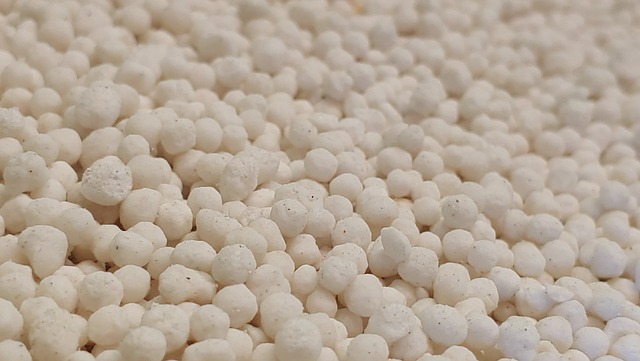
Fertilizing your Christmas Cactus is essential for promoting healthy growth and vibrant blooms. During the active growing season, typically from late spring to early fall, use a balanced, water-soluble fertilizer every two to four weeks. A fertilizer with equal parts nitrogen, phosphorus, and potassium (such as 20-20-20) is ideal.
To prevent over-fertilization and harm to your plant, dilute the fertilizer to half the recommended strength. Additionally, during the fall and winter months when the plant is dormant, either reduce or stop fertilizing entirely. This rest period helps the plant prepare for its blooming cycle.
Consistent but moderate feeding ensures that your Christmas Cactus receives the necessary nutrients without overstimulation. By adhering to this fertilizing schedule, you’ll support the plant’s overall health, leading to robust growth and a spectacular display of flowers during the holiday season.

